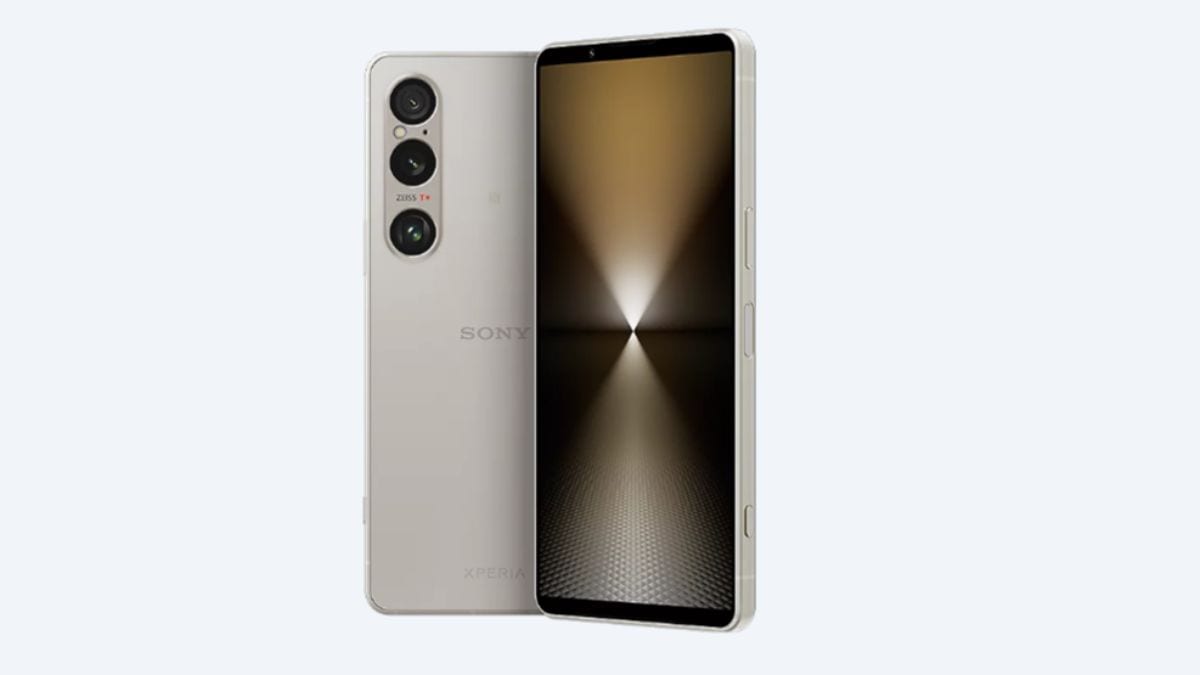Android 16 Beta 2 began rolling out to developers and testers on Thursday. The latest testing version of Google’s smartphone operating system arrives with features designed to improve the camera performance of handsets running on Android, including a hybrid auto-exposure mode and UltraHDR HEIC photos. New privacy improvements have also been introduced on the second Android 16 beta The company is expected to release the stable version of Android 16 to eligible Google Pixel smartphones in the second quarter of 2025.
Android 16 Beta 2 Arrives With Improved Colour Adjustments, Hybrid Auto-Exposure
After updating to Android 16 Beta 2, developers will have access to a new hybrid auto-exposure mode that enables access to auto-exposure adjustments, while allowing adjustments to both exposure time and ISO. These changes are part of the Camera2 API, and should improve the experience of pro users with Android smartphones.
With Android 16, professional video recording applications will also be able to perform “precise adjustments of white balance based on the correlated colour temperature” using COLOR_CORRECTION_MODE_CCT on Android 16. Until now, white balance settings were controlled via CONTROL_AWB_MODE, which offered a few presets such as Incandescent, Cloudy, and Twilight.
UltraHDR support is expanding to HEIC images
Photo Credit: Google
Google says it has added two new intent actions have been added to Android 16, and these will enable applications to request the capture of a motion photo. Smartphones running on Android 16 will introduce support for UltraHDR images encoded in the High Efficiency Image Format (HEIC) file format, and Google says it is working on doing the same for AV1 Image File Format (AVIF) images.
Privacy and Health Features on Android 16
Android 16 will include new protections against intent redirection attacks, which can enable a maliciously crafted app to gain access to private files or components. Developers will no longer be allowed to opt out of edge-to-edge display mode, which means that their apps will need to extend their content to the edges of the screen, for a more immersive look.
Google also says apps designed for Android 16 will need to request granular permissions to read data from Health Connect, which is the default data repository on a user’s smartphone, instead of the BODY_SENSORS permissions. Android 16 also adds a key sharing API that enables sharing access to keys in the Android Keystore, with other applications on the same device.
Android 16 is expected to reach platform stability in the coming weeks, and the company’s release timeline indicates that the stable version of the operating system will be launched by Q2 2025, or the end of June. The update is expected to roll out to eligible Pixel smartphones, while other companies could roll out the update to their handsets in subsequent months.










